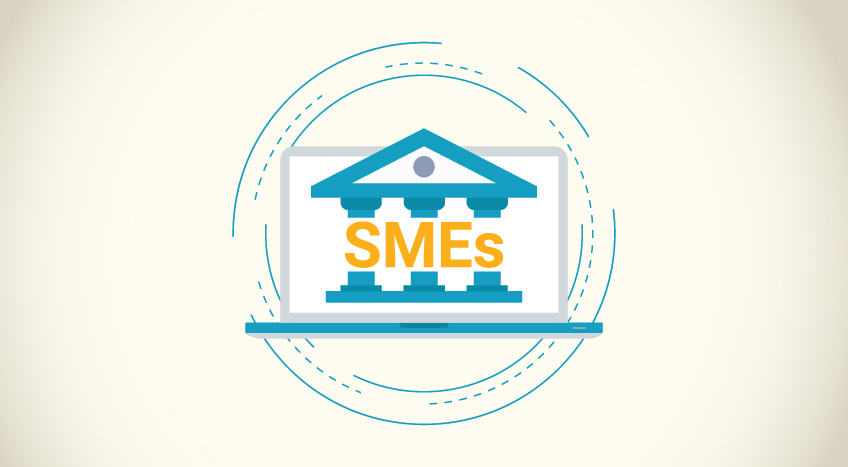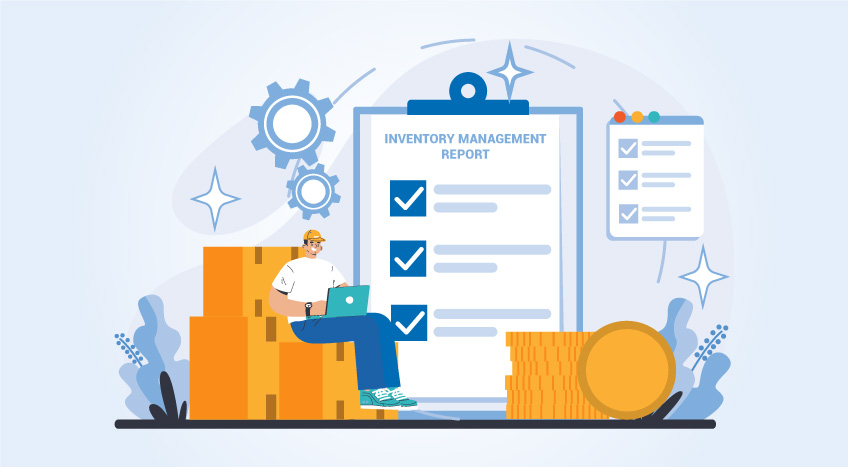Cash is nothing but any form of money. To run any business successfully, you must have a regular flow of cash, and so companies often have liquefiable assets which can be readily converted to cash. These are called Cash Equivalents.
Common examples of cash equivalents include commercial paper, treasury bills, short term government bonds, marketable securities, and money market holdings. An item should satisfy the following criteria to qualify for cash equivalent.
An item should satisfy the following criteria to qualify for cash equivalent:
- The investment should be short-term. They should mature in less than three months. If they mature in more than three months they will be classified as other investments
- They should be highly liquid. This means that they should be easily sold in the market. The buyers of these investments should be easily available
- They should be convertible to known amounts of cash. This means that their market price should be available, and this market price should not be subject to significant fluctuations
- They should not be too risky. There should be very little risk of changes in their value. This means that equity shares cannot be classified as cash equivalents. But preferred shares purchased shortly before the redemption date can be classified as cash equivalents
Examples of cash are:
- Coins
- Currency
- Cash in checking accounts
- Cash in savings accounts
- Bank drafts
- Money orders
- Petty cash
Examples of cash equivalents are:
- Commercial paper
- Marketable securities
- Money market funds
- Short-term government bonds
- Treasury bills
Exceptions to short-term assets and current assets being classified as cash and cash equivalents:
Credit Collateral
Exceptions can exist for short-term debt instruments such as Treasury-bills if they're being used as collateral for an outstanding loan or line of credit. Restricted T-bills must be reported separately. In other words, there can be no restrictions on converting any of the securities listed as cash and cash equivalents.
Inventory
Inventory that a company has in stock is not considered a cash equivalent because it might not be readily converted to cash. Also, the value of inventory is not guaranteed, meaning there's no certainty in the amount that'll be received for liquidating the inventory.
Cash and cash equivalents information is sometimes used by analysts in comparison to a company's current liabilities to estimate its ability to pay its bills in the short term. However, such an analysis may be flawed if there are receivables that can be readily converted into cash within a few days.










